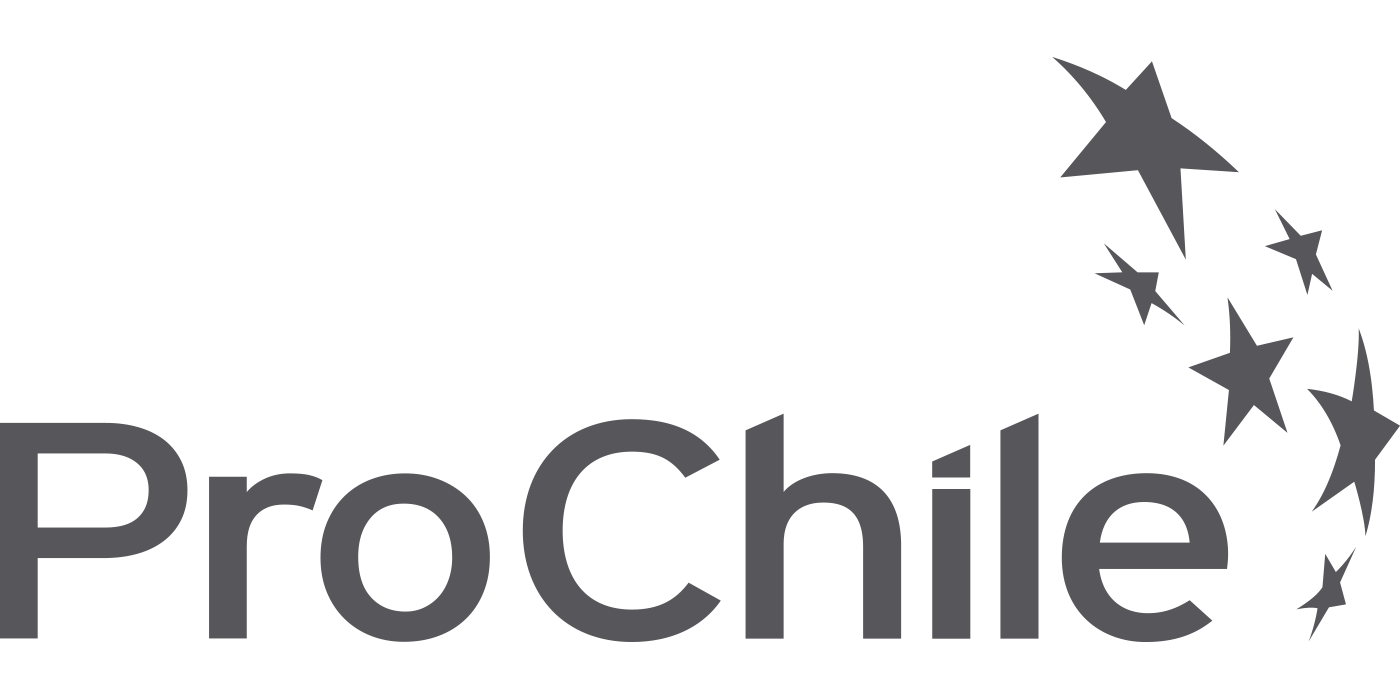It is no coincidence that in Punta Arenas, the capital of the Magallanes Region in Chilean Patagonia, a monument has been erected to identify this southern land: "El Ovejero" (The Shepherd), a sculpture that illustrates the sheep-herding tradition of the area.
Magallanes is a vast territory with a cold and windy climate, a place where the sovereignty of sheep has been undisputed since the late nineteenth century, a time when economic transformation led to the investment of sheep ranches in the territory, attracting European and Chiloé immigrants. Since then, the sheep industry has been part of the productive, economic, social and cultural identity of the Region.
The sheep is a mammal whose milk, wool and meat are exploited. It is a herd animal, so proper management of the group avoids animal stress and aggressive behavior. Sheep have very good hearing, so excessive whistles or noises that could be annoying for the animal are avoided when herding and entering the barn.
In the Magallanes Region, Chile, the composition of the herds is quite heterogeneous in comparison with the production of other wool producing areas of the world, which means that the work carried out by livestock farmers is focused on an adequate classification to separate their production according to the distinctive characteristics of each production line.
Shearing is the process that cuts the complete fleece of wool from the sheep, to avoid diseases or the accumulation of vegetable residues. It is a fundamental activity that takes place in spring and early summer, when the weather conditions are more favourable. The shearing method used is the Tally-Hi system that prioritizes quality over speed of work.
In Tally-Hi shearing, the sheep are placed in more comfortable positions, longer cuts are made in an optimal order, allowing the shearer to work more comfortably, resulting in a better quality of work. This method allows a better treatment of the animal, less wool trimming, less risk of injuries because the animal's skin is well stretched and the shearer has a free hand to complement the work of the machine.
In Magallanes, shearing is carried out once a year, with both prepartum and traditional shearing, as well as partial shearing processes such as eye shearing (to clear the animals' vision) and between the legs (to improve hygiene conditions and fleece quality).





